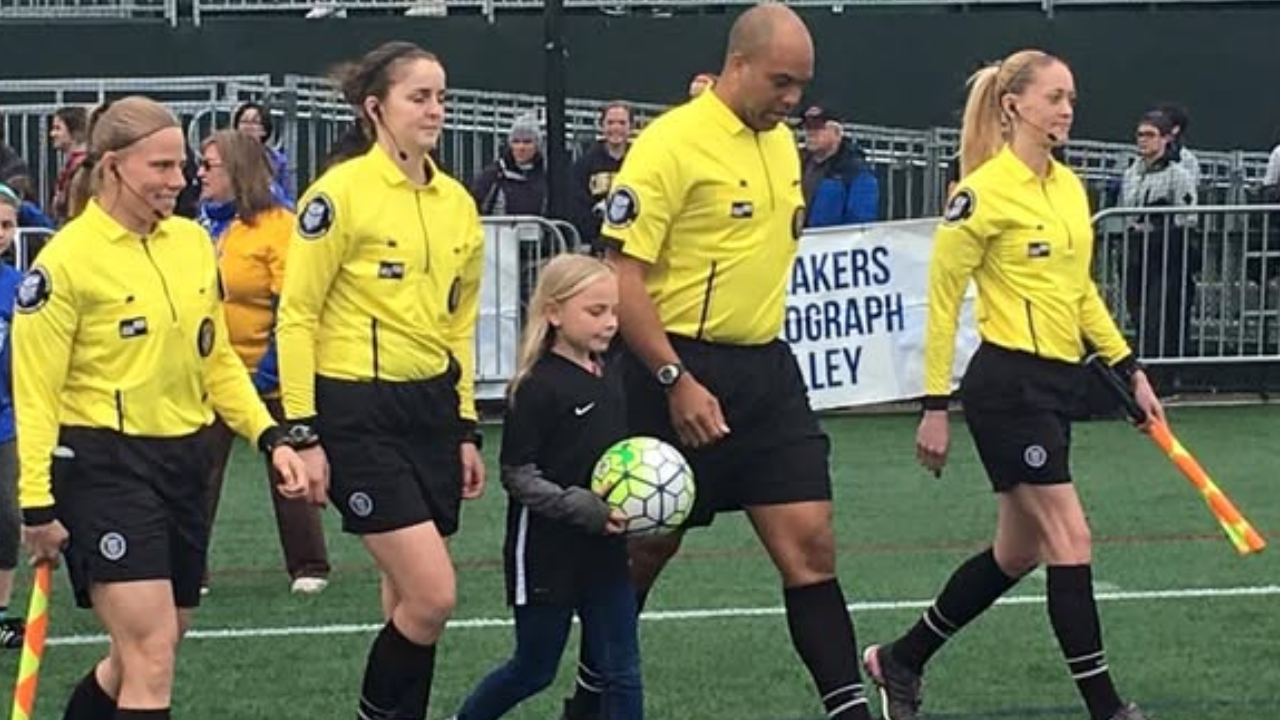In the ever-evolving landscape of sports and athletic performance, the term “sports harmonicode” is gaining momentum as a groundbreaking concept that blends rhythm, neuroscience, biomechanics, and data-driven analysis. But what exactly is sports harmonicode, and how is it transforming the way athletes train, perform, and recover?
What is Sports Harmonicode?
Sports harmonicode refers to a holistic system or coding framework that maps out the harmonious interactions between movement patterns, neural signals, and biomechanical efficiency in athletic activities. Derived from the fusion of “harmony” and “code,” the term implies a structured yet fluid approach to decoding the natural rhythm of athletic performance.
Essentially, it’s a scientific method that captures the optimal cadence, timing, and synchronization in physical performance, using a combination of artificial intelligence (AI), motion sensors, and auditory feedback. By identifying each athlete’s unique “harmonic code,” trainers and sports scientists can develop personalized regimens that optimize efficiency and reduce injury risks.
The Origins and Science Behind Sports Harmonicode
The concept of sports harmonicode originated from research in kinesiology, music theory, and neuroplasticity. Scientists observed that the brain processes rhythm and movement through similar pathways, leading to the discovery that athletic motion can be “coded” much like music.
Read More Harrison Faigen
Using wearable technology and advanced algorithms, sports harmonicode captures:
- Muscle activation patterns
- Kinetic chain efficiency
- Timing of limb coordination
- Heart rate variability
- Auditory and visual processing during performance
These data points are then translated into a visual and auditory “code” that represents the athlete’s biomechanical rhythm. Coaches and athletes use this code to fine-tune training techniques, improve focus, and develop “flow states” during competition.
Applications of Sports Harmonicode
The sports harmonicode methodology is being used across various sports disciplines including:
- Track and Field: Runners are using harmonic analysis to improve stride efficiency and breathing patterns.
- Soccer and Football: Athletes analyze movement synchronization for better team coordination.
- Tennis and Golf: Swing rhythms are optimized using harmonicode feedback.
- Martial Arts: Combines timing, breathing, and movement into a cohesive training module.
- Swimming: Detects underwater rhythm and stroke coordination.
In each case, sports harmonicode enables athletes to tap into their natural rhythm and use it as a performance advantage.
Benefits of Using Sports Harmonicode
- Enhanced Performance
Athletes achieve peak efficiency by aligning movement with their natural rhythms. - Injury Prevention
Early detection of biomechanical imbalances through harmonic patterns reduces injury risk. - Faster Recovery
Rhythm-based recovery techniques, including harmonic breathing and motion therapy, promote quicker healing. - Mental Clarity and Focus
Harmonic feedback improves neural focus, aiding in achieving “the zone” during play. - Personalized Training
Coaches use individual harmonic codes to develop tailored training programs.
Technology and Tools in Sports Harmonicode
The success of sports harmonicode is largely driven by advancements in wearable tech and AI:
- Motion capture suits and sensors
Capture minute changes in joint angles, speed, and rhythm. - AI-based software
Analyzes harmonic patterns and suggests improvements. - Biofeedback systems
Deliver real-time auditory cues to correct imbalances during motion. - Mobile apps and dashboards
Allow athletes and trainers to monitor harmonic progress on the go.
Future of Sports Harmonicode
As the sports industry continues to embrace innovation, sports harmonicode is poised to become a mainstream method in elite and amateur sports training alike. Its potential goes beyond physical activity—it could extend into rehabilitation, music therapy for athletes, and even augmented reality coaching.
Imagine a world where every athlete has a harmonic profile, like a musical score, that represents their full athletic potential. This is not just theory; it’s a rapidly emerging reality.
Conclusion
The concept of sports harmonicode is revolutionizing the way we think about performance, health, and movement. By decoding the rhythm of athletic excellence, this innovative approach provides athletes with the tools to train smarter, compete harder, and stay healthier.
Whether you’re a professional athlete, a coach, or simply a sports enthusiast, understanding your harmonicode might be the next step in unlocking your full potential on and off the field.









